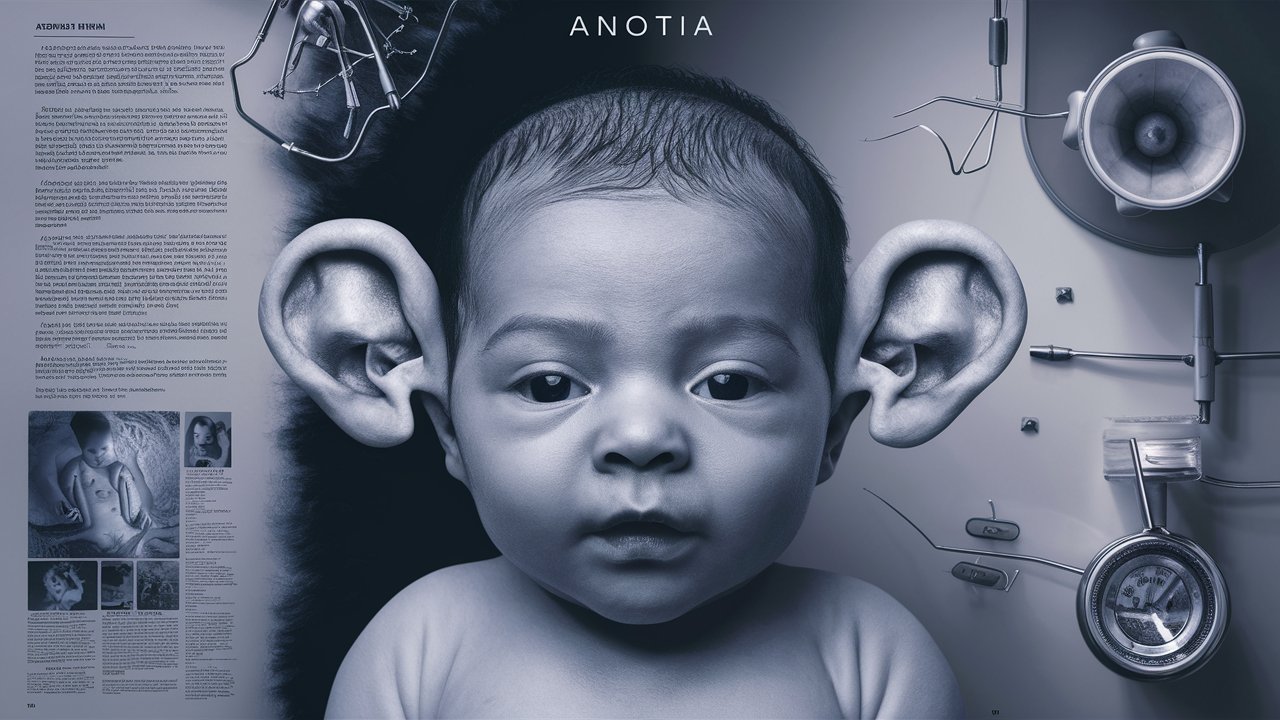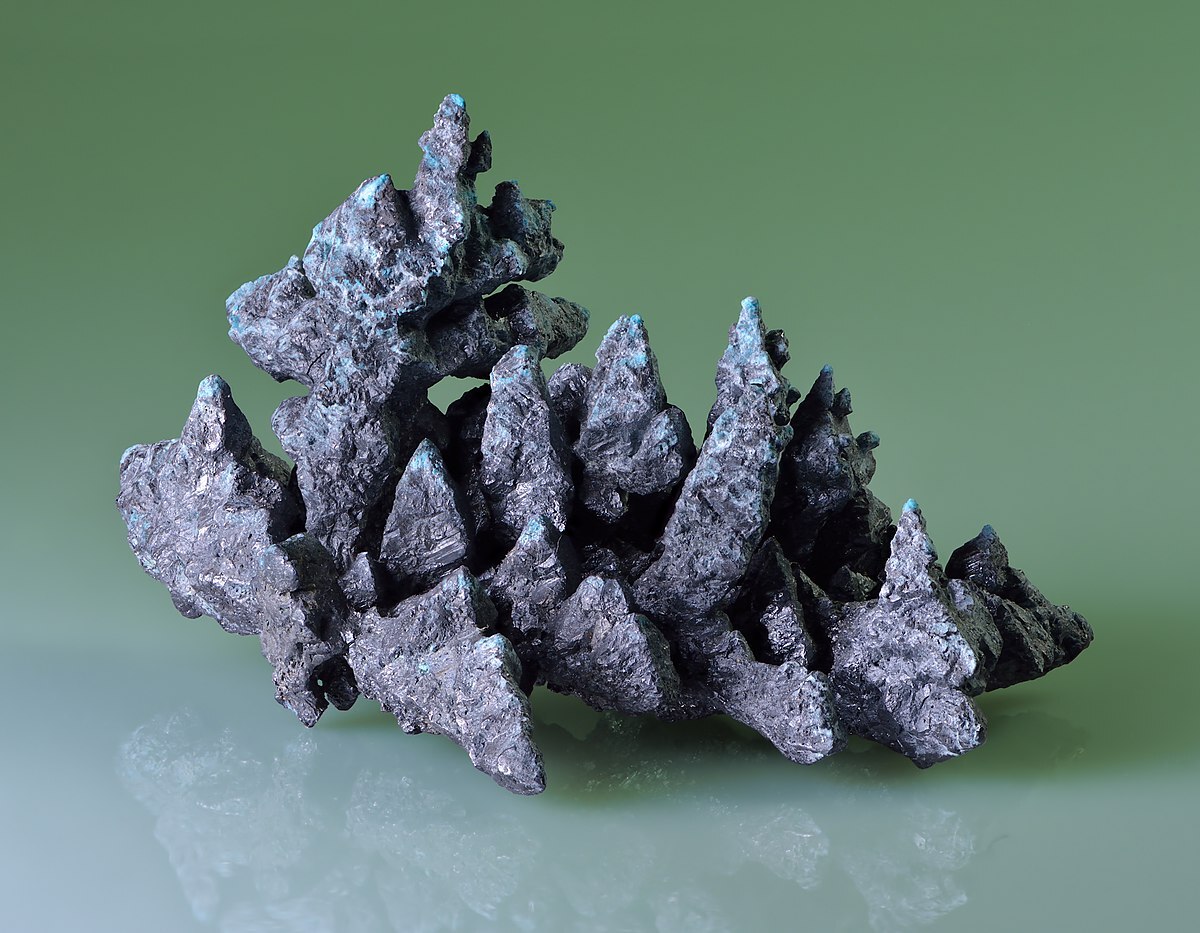
Anotia is a rare congenital condition where a person is born without one or both external ears. This condition can affect hearing and balance, making daily life a bit more challenging. Anotia often occurs alongside other craniofacial abnormalities, but its exact cause remains unknown. Genetic factors and environmental influences during pregnancy might play a role. Treatment usually involves reconstructive surgery and hearing aids to improve quality of life. Understanding anotia helps in supporting those affected and raising awareness about this condition. Here are 25 facts to shed light on anotia and its impact on individuals and families.
What is Anotia?
Anotia is a rare congenital condition where a person is born without one or both external ears. This condition can affect hearing and appearance, leading to various challenges. Here are some intriguing facts about Anotia.
-
Rare Occurrence: Anotia is extremely rare, affecting approximately 1 in 20,000 births worldwide.
-
Causes: Genetic mutations, environmental factors, or a combination of both can cause Anotia. Sometimes, it occurs without any identifiable reason.
-
Associated Conditions: Often linked with other congenital syndromes like Treacher Collins syndrome or Goldenhar syndrome.
-
Hearing Impact: People with Anotia usually have conductive hearing loss because the absence of the outer ear affects sound transmission.
-
Diagnosis: Doctors can diagnose Anotia through physical examination and imaging techniques like CT scans to assess the ear's internal structures.
Treatment Options for Anotia
Treatment for Anotia varies depending on the severity and associated conditions. Here are some common approaches.
-
Surgical Reconstruction: Surgeons can create an external ear using rib cartilage or synthetic materials to improve appearance and function.
-
Hearing Aids: Bone-anchored hearing aids (BAHA) can help individuals with Anotia hear better by bypassing the outer ear.
-
Prosthetic Ears: Some people opt for prosthetic ears, which are custom-made to match the other ear and attached using adhesives or implants.
-
Early Intervention: Early diagnosis and intervention are crucial for speech and language development in children with Anotia.
-
Multidisciplinary Approach: Treatment often involves a team of specialists, including audiologists, plastic surgeons, and speech therapists.
Genetic Factors and Anotia
Genetics play a significant role in the development of Anotia. Understanding these factors can help in managing and preventing the condition.
-
Inheritance Patterns: Anotia can be inherited in an autosomal dominant or recessive pattern, depending on the underlying genetic cause.
-
Gene Mutations: Mutations in specific genes like HOXA2 have been linked to Anotia.
-
Family History: A family history of ear anomalies increases the risk of Anotia in future generations.
-
Prenatal Testing: Genetic testing during pregnancy can sometimes detect Anotia, allowing for early planning and intervention.
-
Research Advances: Ongoing research aims to identify more genetic factors involved in Anotia to improve diagnosis and treatment.
Living with Anotia
Living with Anotia presents unique challenges, but many people lead fulfilling lives with the right support and resources.
-
Social Impact: Children with Anotia may face social challenges due to their appearance, making support from family and friends crucial.
-
Educational Support: Schools often provide special accommodations and resources to help children with Anotia succeed academically.
-
Psychological Support: Counseling and support groups can help individuals and families cope with the emotional aspects of Anotia.
-
Adaptive Technologies: Advances in technology, such as improved hearing aids and communication devices, enhance the quality of life for those with Anotia.
-
Awareness and Advocacy: Raising awareness about Anotia helps reduce stigma and promotes better understanding and support for affected individuals.
Interesting Facts About Anotia
Here are some lesser-known facts about Anotia that highlight the condition's complexity and the resilience of those affected.
-
Historical Cases: Historical records show that Anotia has been present for centuries, with various cultures having different interpretations and treatments.
-
Cultural Perceptions: In some cultures, ear anomalies like Anotia were once considered signs of special status or spiritual significance.
-
Medical Advances: Advances in medical technology have significantly improved the outcomes for individuals with Anotia over the past few decades.
-
Celebrity Awareness: Some celebrities and public figures have helped raise awareness about Anotia by sharing their personal experiences or supporting related causes.
-
Future Prospects: With ongoing research and technological advancements, the future looks promising for better understanding, treating, and supporting individuals with Anotia.
Final Thoughts on Anotia
Anotia, a rare congenital condition, affects the development of the outer ear. Understanding its causes, symptoms, and treatments can help those affected and their families navigate this challenging condition. Early diagnosis and intervention play a crucial role in improving the quality of life for individuals with anotia. Treatments like reconstructive surgery and hearing aids offer significant improvements in hearing and appearance.
Raising awareness about anotia can lead to better support systems and resources for those impacted. It's essential to foster a supportive environment for individuals with anotia, promoting inclusivity and understanding. By staying informed and advocating for those with this condition, we can make a positive difference in their lives. Remember, knowledge is power, and sharing information about anotia can help create a more compassionate and informed community.
Was this page helpful?
Our commitment to delivering trustworthy and engaging content is at the heart of what we do. Each fact on our site is contributed by real users like you, bringing a wealth of diverse insights and information. To ensure the highest standards of accuracy and reliability, our dedicated editors meticulously review each submission. This process guarantees that the facts we share are not only fascinating but also credible. Trust in our commitment to quality and authenticity as you explore and learn with us.


